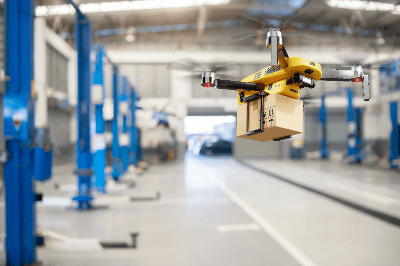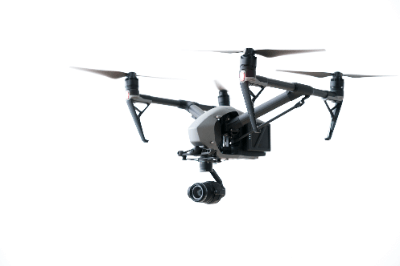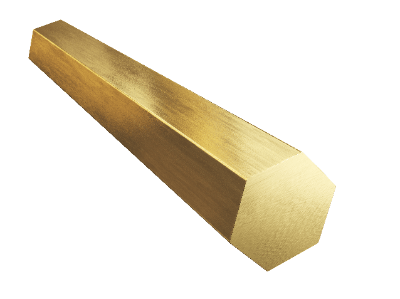What Is Lithium Tantalate?
Lithium tantalate, known for its ferroelectric properties and utility in optical devices, is a key component in generating high-power green lasers for laser projectors and displays.
Uses of Lithium Tantalate
1. Surface Acoustic Wave (SAW) Filters
Used in frequency-selective filters for communication devices, SAW filters benefit from the piezoelectric properties of lithium tantalate.
2. Piezoelectric Elements
Lithium tantalate’s piezoelectric effect is harnessed in a wide array of applications, from gas stoves to vibration sensors and actuators, showcasing its versatility.
3. Wavelength Conversion Elements
As a wavelength conversion element, lithium tantalate enables the production of green lasers, emphasizing its importance in optical technologies.
4. Pyroelectric Materials
Exhibiting pyroelectricity, lithium tantalate has potential applications in X-ray generation and is being researched for its capabilities in nuclear fusion.
Properties of Lithium Tantalate
With a melting point of 1,650°C and excellent thermal stability, lithium tantalate is a robust material for various high-temperature applications.
Other Information on Lithium Tantalate
1. Safety
Non-hazardous and noncombustible, lithium tantalate requires standard precautions for safe storage and handling.
2. Handling Methods
Recommended safety measures include dust control, respiratory protection, and protective clothing to minimize exposure and ingestion risks.






